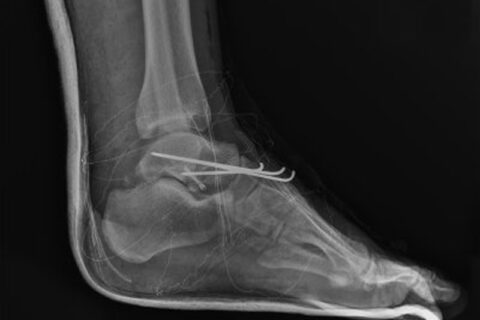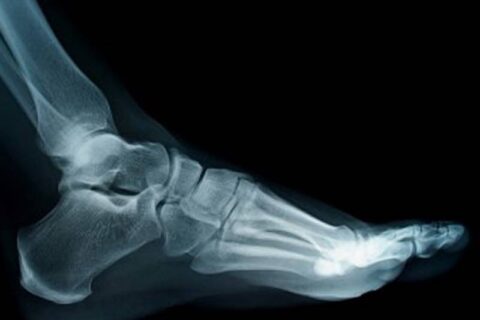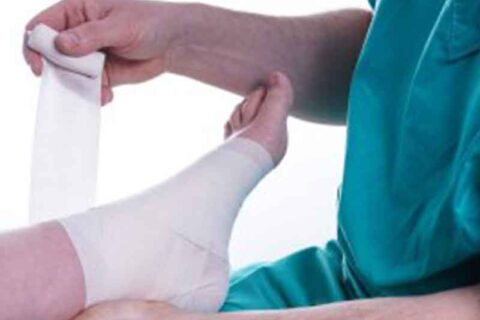Category: Soft Tissue Repairs
Surgical hardware is often a part of foot surgery. There are a few different types of hardware that your foot surgeon in Sugar Land may use,…
Flat feet are a hereditary problem that is usually first visible during childhood. Without treatment, flat feet can lead to a lifetime of foot…
The Achilles tendon, which is the longest tendon in the body, extends down the lower leg to the heel. Strong Achilles tendons are essential for…
If you undergo foot surgery, you will receive anesthesia for your comfort and manage your pain. The type of anesthesia you receive depends on the…
More than 100 types of arthritis affect millions of Americans. The feet and ankles are particularly susceptible to developing arthritis because of…
If you’re anticipating an upcoming visit to a podiatrist in Sugar Land , you may be concerned about the potential for smelly feet when you…
You may already know that most of the bones in your body are attached to other bones with strong, fibrous bands of tissue called ligaments. But did…
It’s important to take care of your feet, no matter your age, but there are a few specific aspects of foot care that elderly individuals should be…
If you think you’ve sprained your ankle, you should visit a podiatrist or foot and ankle specialist near you for a diagnosis. The symptoms for of…




